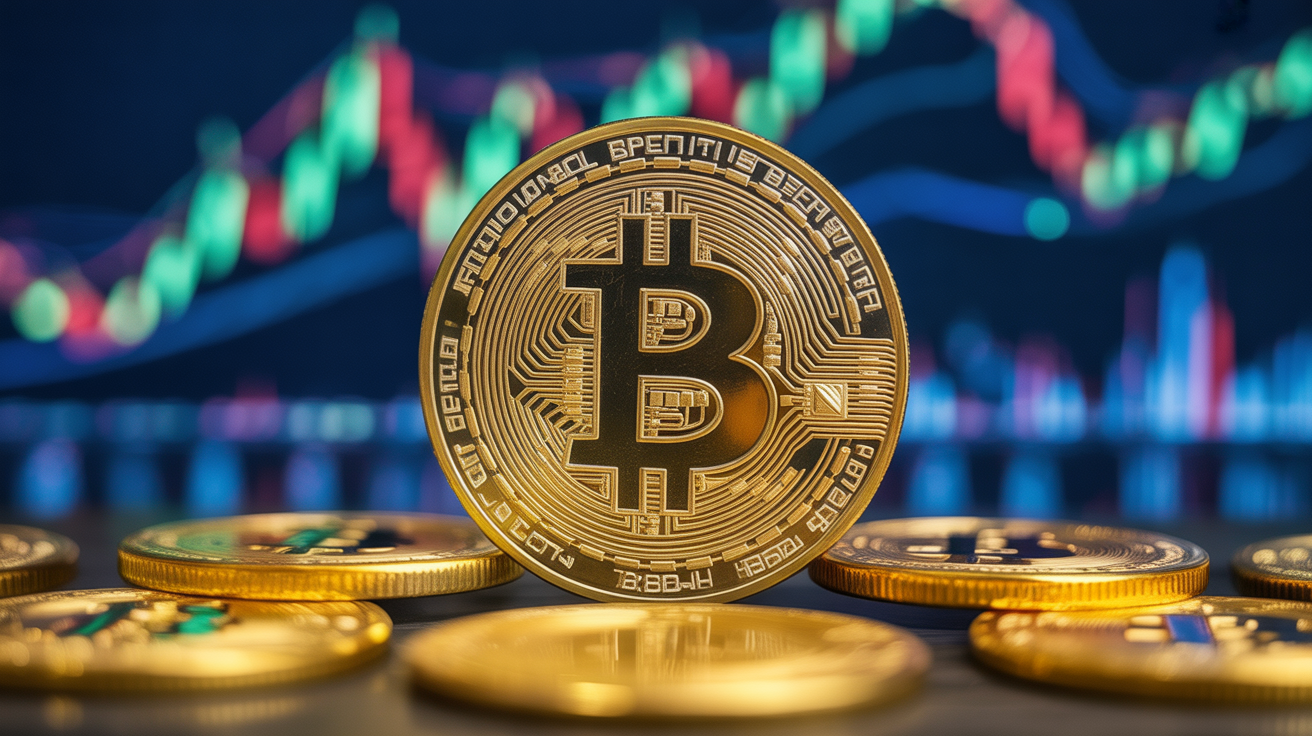
William Blair Says Stablecoins to Redefine Global Payments as Legacy Systems Face Disruption
Stablecoins are on track to overhaul the global payments landscape, according to investment bank William Blair, which described the asset class as a “major technological upgrade” to existing cross-border financial infrastructure.
In a report published Tuesday, the Chicago-based firm said stablecoins could displace traditional correspondent banking networks by offering faster, cheaper, and more efficient settlement rails for both business-to-business and select consumer transactions.
Unlike conventional fiat-based transfers — which William Blair characterized as “slow, expensive, and fragmented” — stablecoins enable around-the-clock transactions with near-instant settlement, minimal intermediaries, and no foreign exchange risk. The bank noted that the technology’s inherent programmability and immutability, coupled with backing by trusted currencies like the U.S. dollar, make it well-suited for global commerce.
The report highlighted that upcoming regulatory frameworks, including the GENIUS Act, could pave the way for what the firm called a “golden age of stablecoin commerce.” However, the analysts cautioned that regulation alone won’t drive adoption. Broader uptake, they said, will depend on enterprise demand, stronger digital infrastructure, and integration by payment networks such as Mastercard, Visa, and Corpay.
William Blair identified Circle (CRCL) and Coinbase (COIN) as the two public companies best positioned to benefit from this shift. Both firms play pivotal roles in the stablecoin ecosystem — Circle as the issuer of USDC, and Coinbase as a key platform supporting its liquidity and adoption.
Still, the firm warned that investors could grow impatient with the gradual pace of integration, viewing it as the main short-term risk to stablecoin-exposed equities. Despite that, William Blair maintained a bullish stance, calling Circle and Coinbase “the highest-quality public crypto companies” and advising clients to accumulate shares on pullbacks.
Longer term, the report anticipates a market consolidation where only a few dominant payment tokens survive, driven by liquidity demands and network compatibility. That, it said, will reinforce leadership among early movers while squeezing traditional financial intermediaries.
For incumbent correspondent banks, the message was blunt: even if they adopt stablecoin rails, most of the economic upside is likely to flow elsewhere. “Stablecoins don’t merely complement the existing system,” the report concluded. “They have the potential to replace some of its most fundamental components.”






















